Los distintivos europeos que nos permiten ahorrar energía
Energy label
Energy labeling classifies equipment that consumes energy based on its energy efficiency, on a scale of letters and colors: class A appliances (green) are those that consume the least energy (the most efficient from an energy point of view) ; Class G devices (red) are the ones that consume the most energy.
Since March 2021, this scale replaced the previous one, which covered up to D, and included, for certain products, labels starting from A+++.
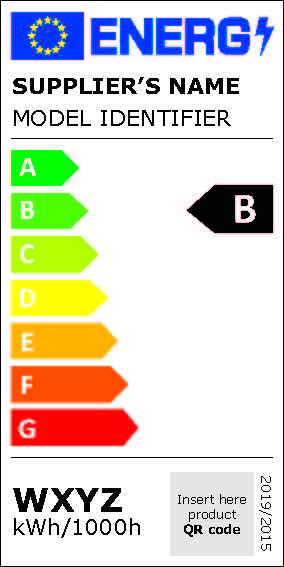
Launched in 1994, energy labeling has become a reference recognized by almost 95% of the European population; being taken into account by a vast majority of consumers when choosing their energy-consuming products. A clear success story of the European energy policy, which allows users to save on their electricity bill, and the EU to reduce total primary energy by 10% compared to a scenario without energy labeling.
And energy labeling has a triple function:
- They classify devices on a scale from A to G, depending on the amount of energy they consume,
- helps consumers save money by allowing them to choose products that consume less energy,
- encourages companies to design products that consume less energy.
The categories of energy-consuming products that must carry energy labels are:
- bulbs and lamps
- radiators
- refrigerators and freezers
- washing machines and drying machines
- air conditioners and fans
- electronic screens, including televisions
- kitchen appliances
Furthermore, and taking advantage of the possibility offered by these labels, they include, and depending on the type of device they affect, information considered useful for the end user: load capacity, water consumption, noise emissions, dimensions, duration of the program to which the labeling corresponds,…
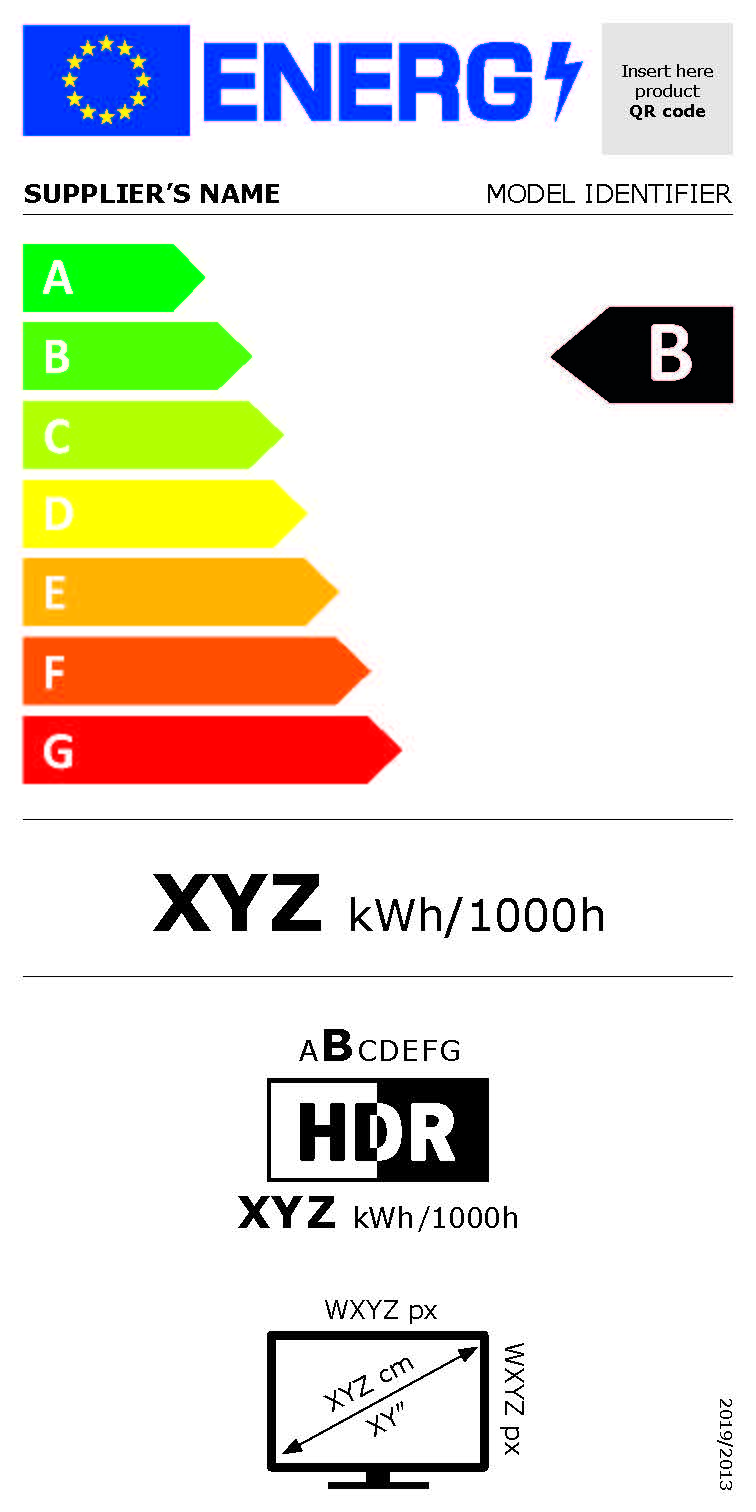
Finally, it should be noted that, in parallel to this system, tires and buildings also present their own energy labeling.
European Register of Products for Energy Labeling – EPREL
With a view to better access and transparency of the energy labeling system, after a year of filming, the website of the European Product Registry for Energy Labeling – EPREL for its acronym in English: European Product Registry for Energy Labeling – is now fully operational. . In it, all products whose energy labeling is mandatory must be registered before they can be sold on the EU market (either physically or through online sales), providing: product information sheet, technical documentation and compliance control .
Through this website, consumers can choose products that consume less energy:
- Through the QR code that incorporates the energy label of the product itself, the user can consult the characteristics of a specific model
- Before purchasing them, they can carry out the previous selection that best suits them through the search filters of EPREL itself.
Ecodesign or ecological design
In addition to energy labeling and acting under the European Commission's principle of putting energy efficiency before everything -Energy efficiency first principle-, a series of minimum energy efficiency requirements have been established with which the equipment must comply. they consume energy. But these “ecodesign requirements” are not limited to the energy consumption that occurs due to the use of the equipment itself: they seek to reduce negative impacts on the environment throughout the entire life cycle of the device. Therefore, aspects such as the recyclability of the materials used in its manufacture, ease of repair, consumption in stand-by mode,..., are also taken into account.
Given the mandatory nature of ecodesign requirements, no product that does not comply with them can be marketed within the EU. However, there is no specific distinctive that demonstrates compliance with these requirements: it is within the “CE” marking that includes, among others, the conformity of any product with the ecodesign requirements that apply to it.
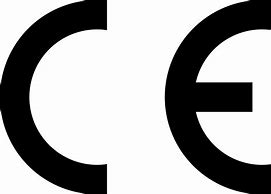
As it could not be otherwise, the evaluation process of those products that this ecodesign affects is something alive and constantly expanding. But, today, energy-consuming devices that include the following categories are already regulated:
- Domestic and industrial lighting products: Directional and non-directional lamps (including ultraviolet lamps); Fluorescent lamps (without built-in resistor); High intensity discharge lamps; Ballasts and luminaires that can work with these lamps
- Electrical appliances: Computers and servers; game consoles; Simple or complex decoders; Standby modes for network equipment; Televisions.
- Domestic appliances: Kitchens; Dishwasher; Freezers; Refrigerators; Dryers; Washing machines; Vacuum cleaners.
- Heating and cooling devices: Air conditioners; Stoves; Fans; Radiators; Industrial fans; Local heating appliances; Solid fuel local heating appliances; Solid fuel boilers; Ventilation units; Water heaters.
- Other products: Circulators; Electric motors; Power consumption in standby and off modes; External power supplies; Graphic reproduction apparatus; Power transformers; Professional refrigeration; Water pumps.
All information regarding ecological design can be consulted on the Commission's official website.
And the eco label?
Finally, and through voluntary agreements, since 1992 there has been the possibility for certain products or services to be distinguished with the Ecolabel, as long as they are at the forefront of caring for the environment. Constantly reviewed and improved, this labeling highlights maximum respect for the environment, in daily operation and throughout the life cycle, and increasingly covers more categories: cleaning products, clothing and textiles, electronic equipment, furniture and mattresses , paper, holiday accommodation,…
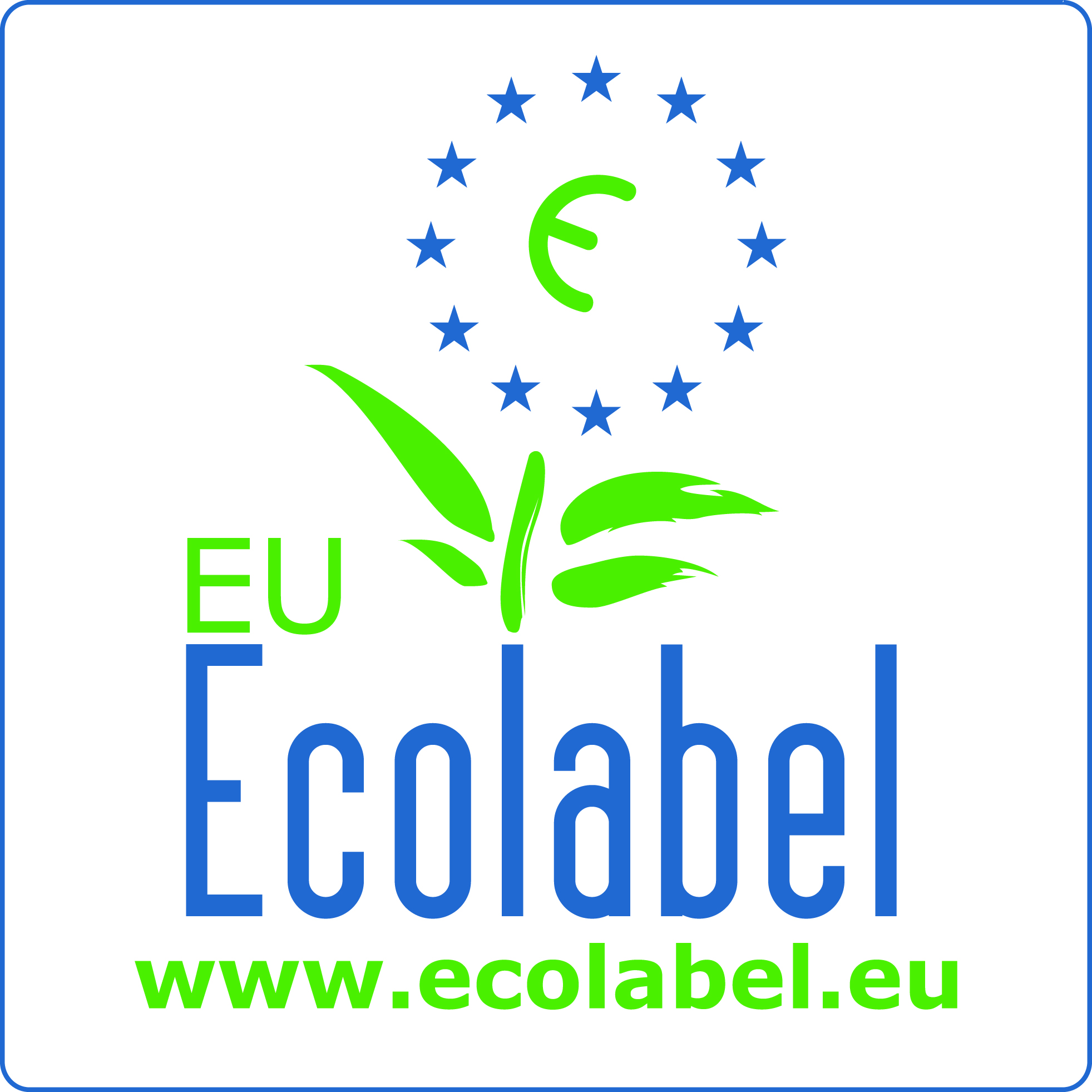
In summary
Ecodesign establishes mandatory minimum requirements that each product has in terms of energy consumption and environmental impact throughout its life cycle. Compliance with these is confirmed by the CE marking.
Once the requirements of these minimum requirements have been met, energy labeling allows energy-consuming products to be classified from most to least efficient, based on a scale of letters and colors.
Those products that are above the average in their sector, in terms of environmental impact and not just energy, can voluntarily join the Ecolabel program, which will distinguish them with a badge that is easy for users to identify.
Contact points
Due to the nature of the 3 previous sections, all the information regarding these matters is unified in the so-called “National Contact Points”, in accordance with Regulation (EU) 2019/515.
As far as Spain is concerned, two levels of National Contact Points have been designated:
National:
Ministry for the Ecological Transition and the Demographic Challenge
General Directorate of Quality and Environmental Assessment
Plaza de San Juan de la Cruz s/n
ES-28071- Madrid
At the regional level:
You can consult the different Contact Points at EU Ecolabel - Community and Helpdesk (europa.eu)
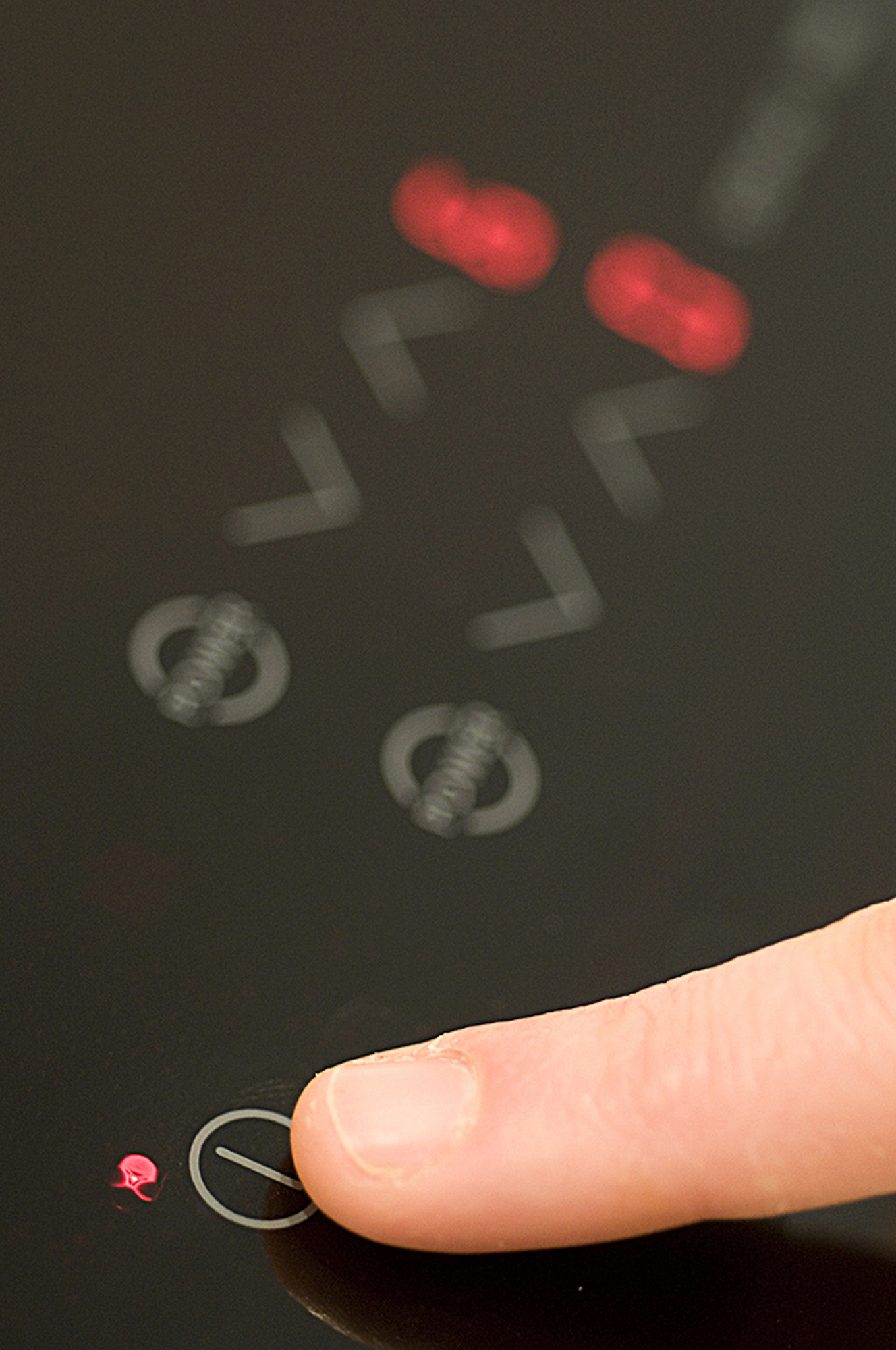
Etiquetado de aparatos consumidores de energía. Panel cocina
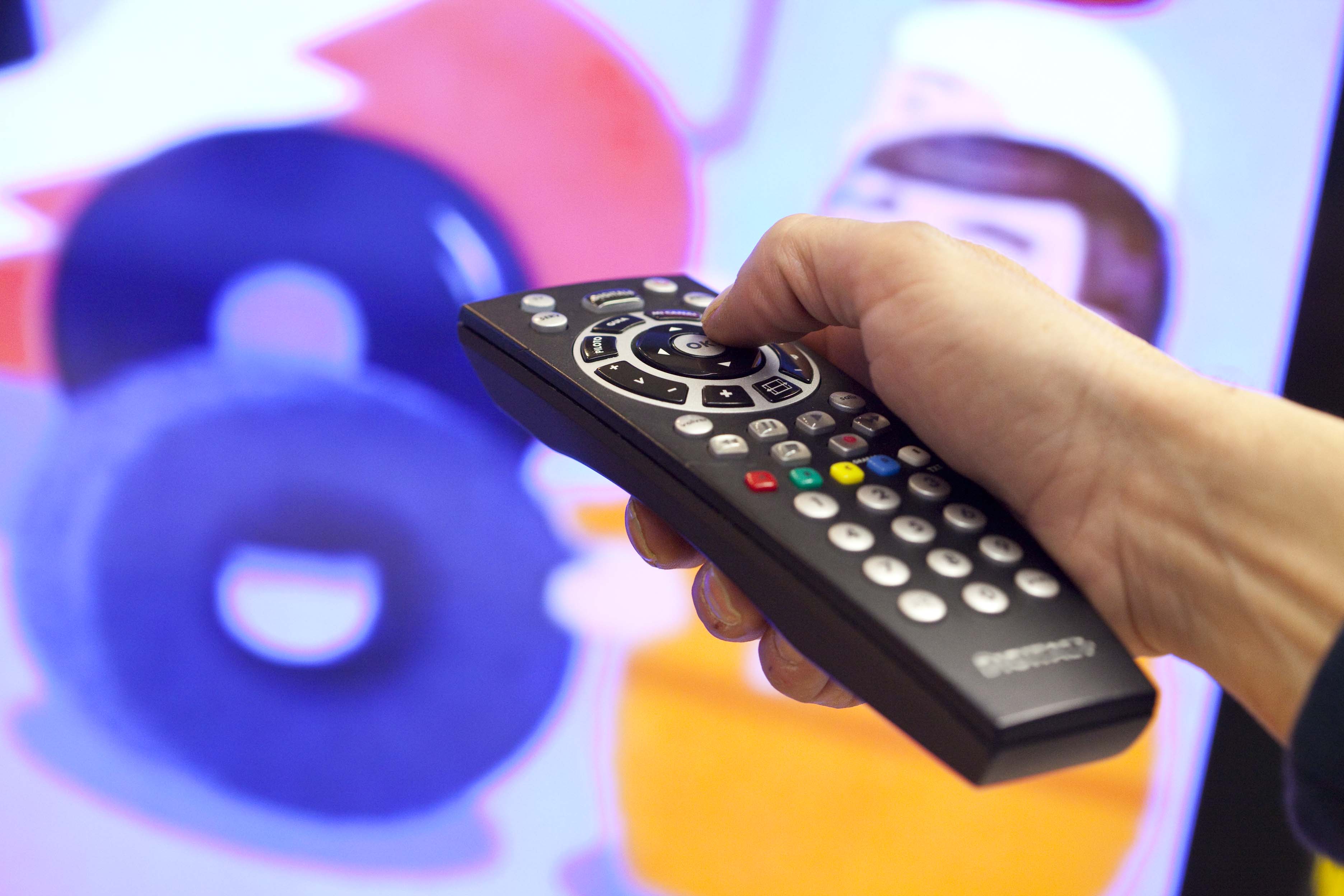
Etiquetado de aparatos consumidores de energía. Televisión
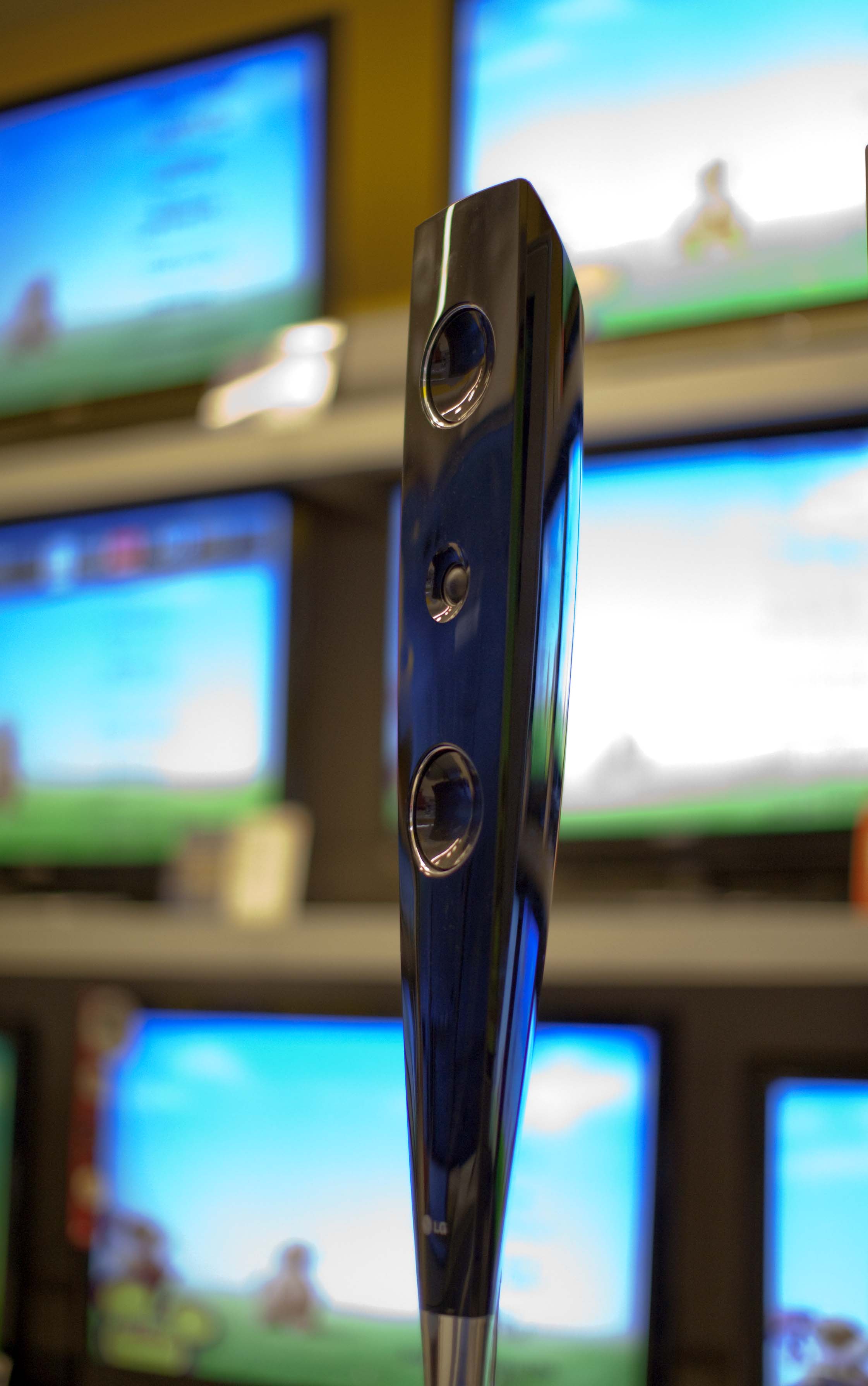
Etiquetado de aparatos consumidores de energía. Televisiones
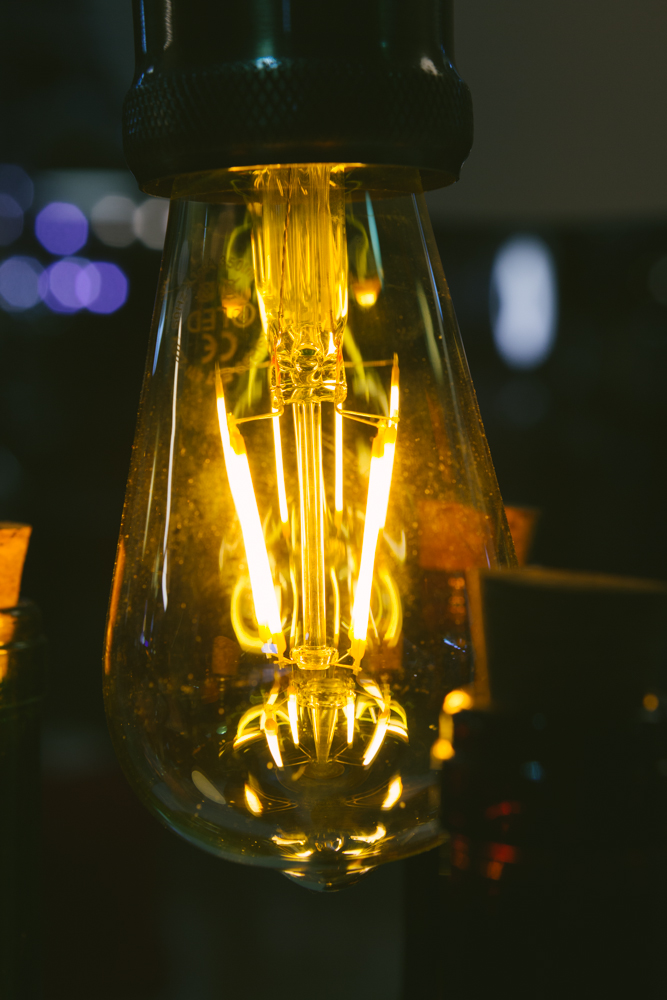
Etiquetado de aparatos consumidores de energía. Led
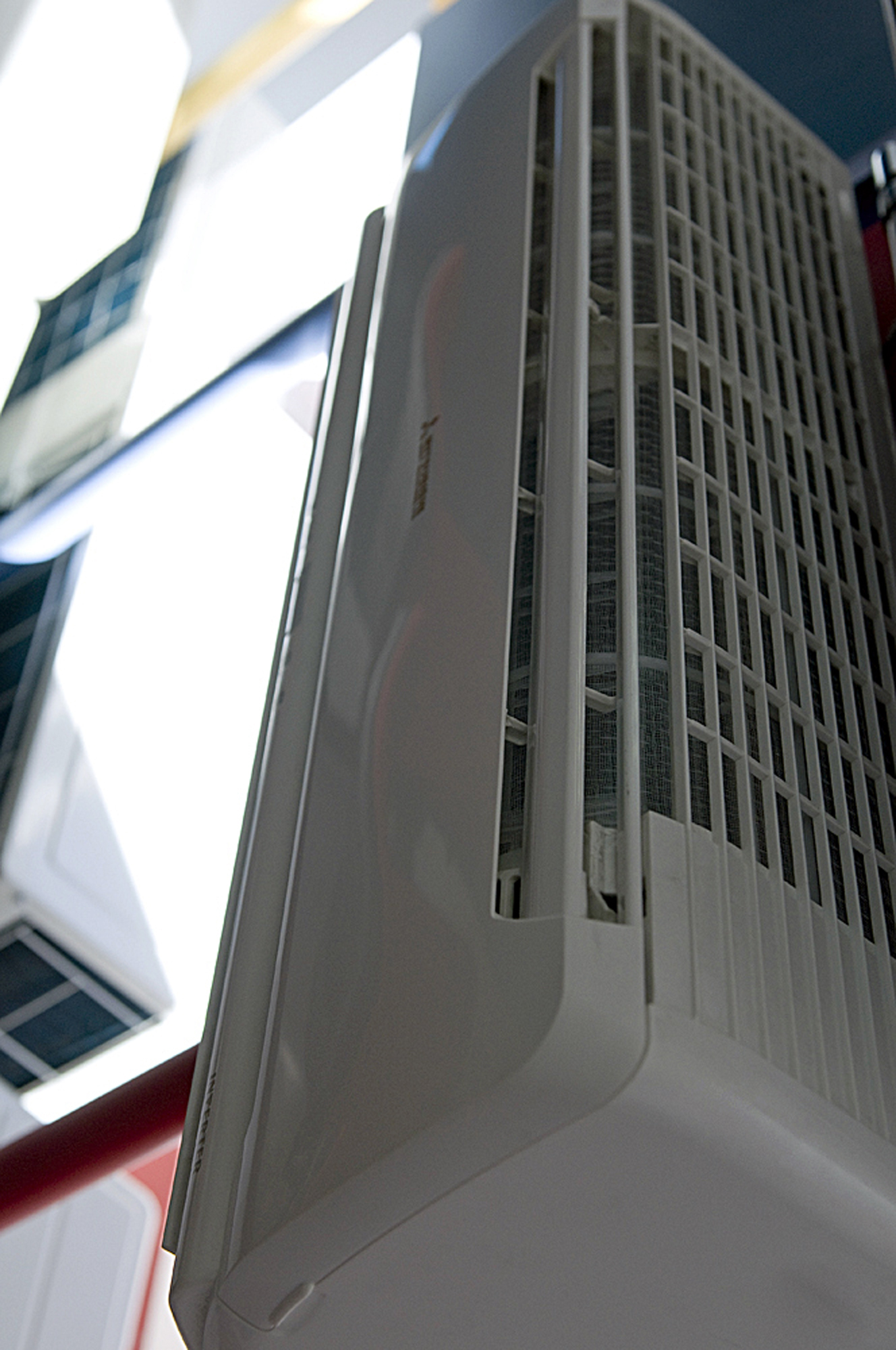
Etiquetado de aparatos consumidores de energía. Aparatos de aire acondicionado
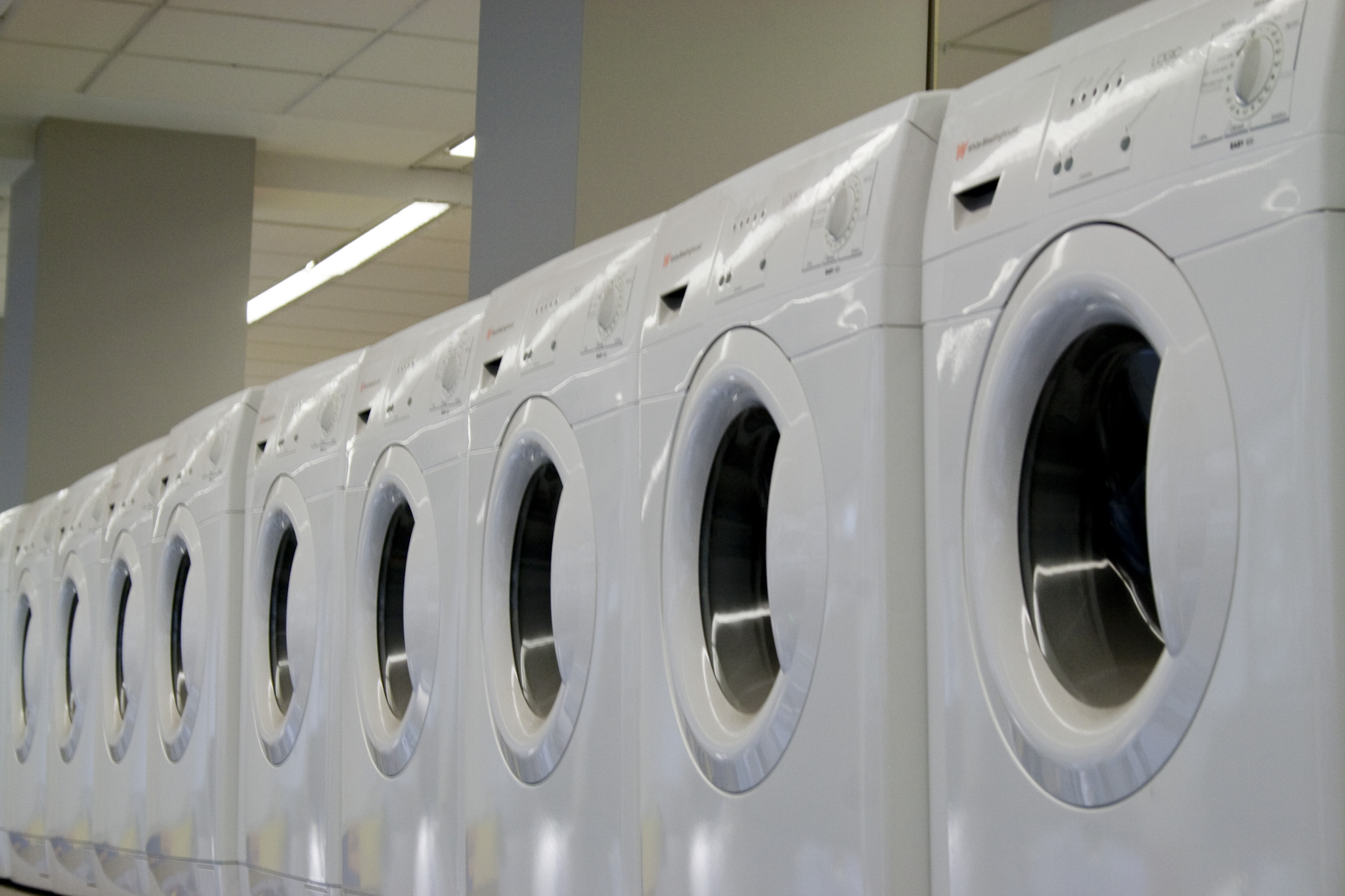
Etiquetado de aparatos consumidores de energía. Lavadoras
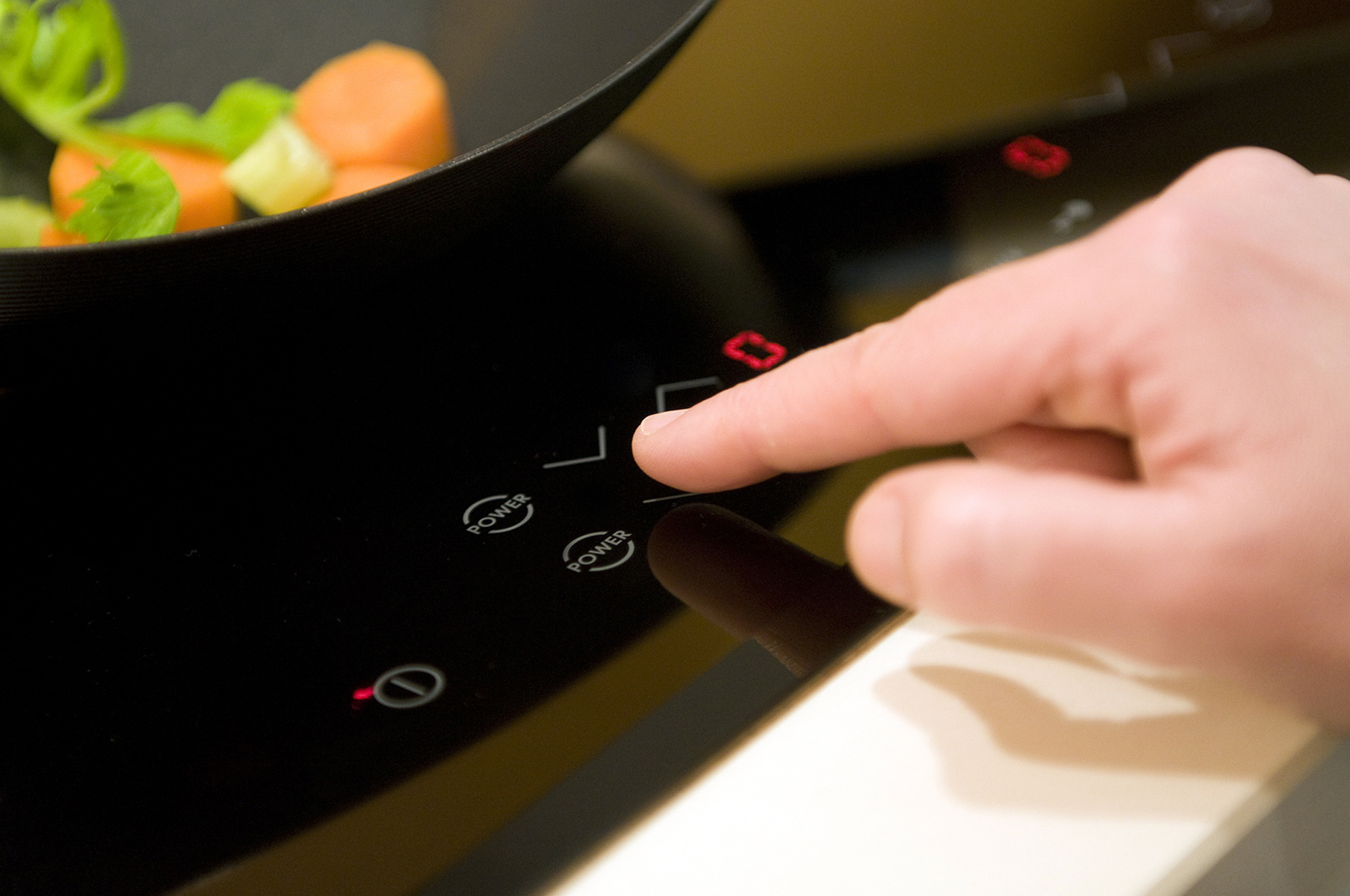
Etiquetado de aparatos consumidores de energía. Cocina
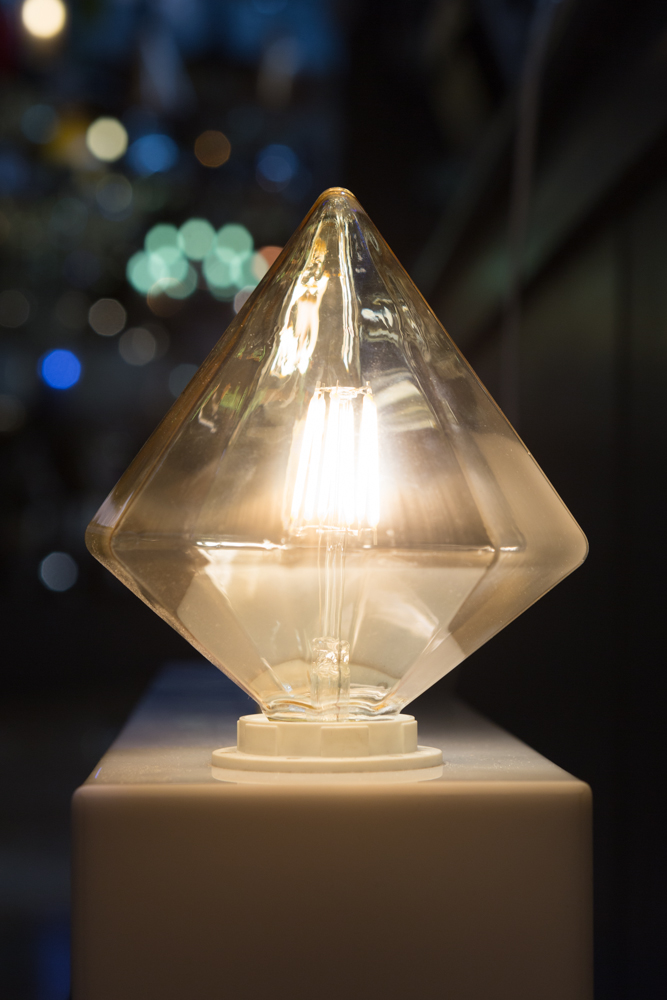
Etiquetado de aparatos consumidores de energía. Lámpara de iluminación
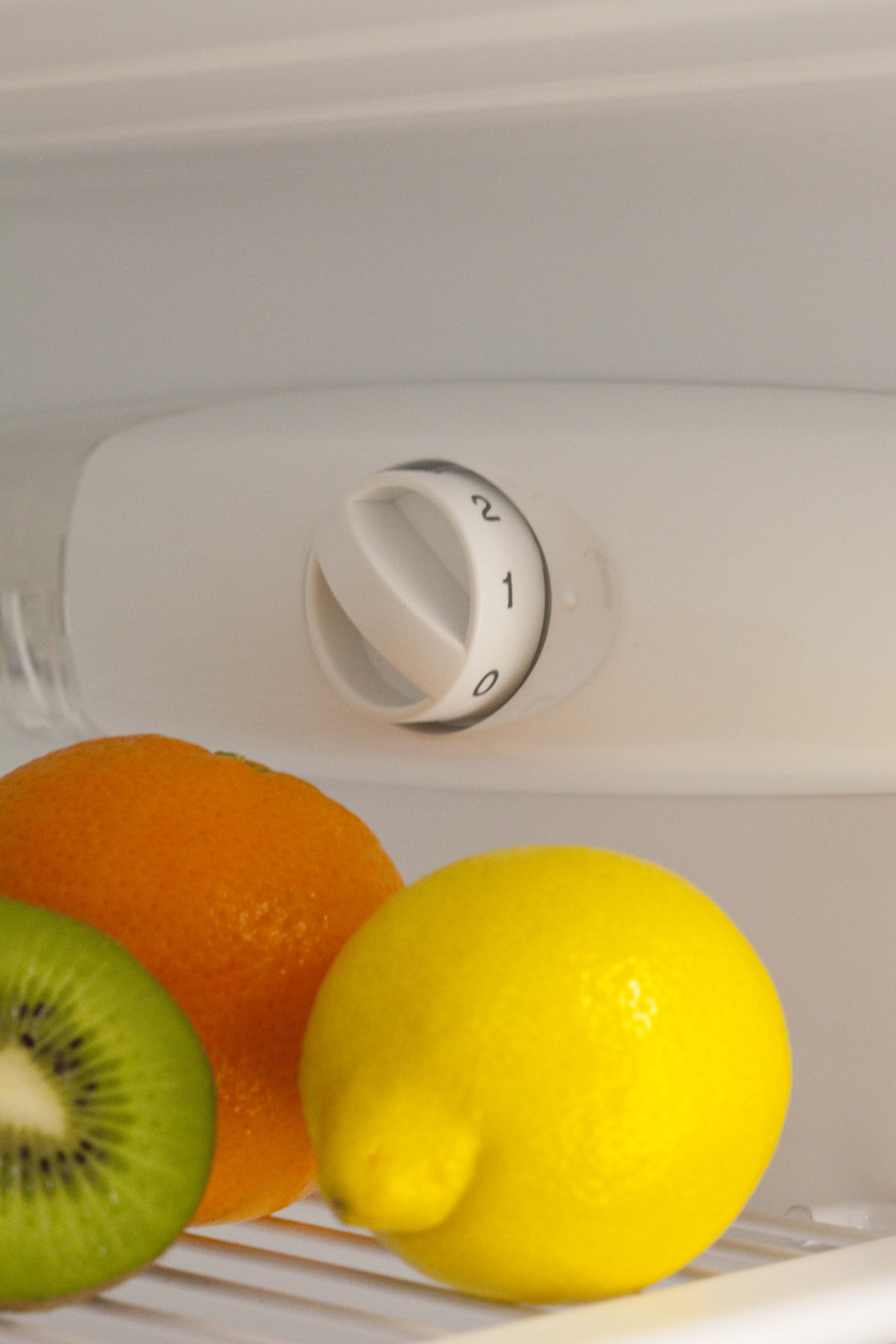
Etiquetado de aparatos consumidores de energía. frigorífico


